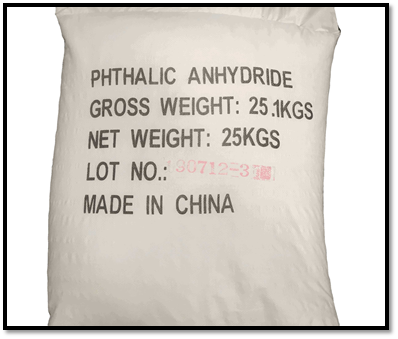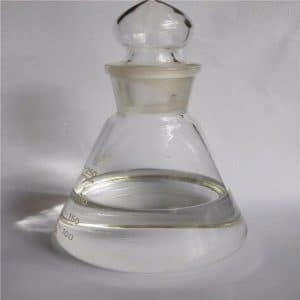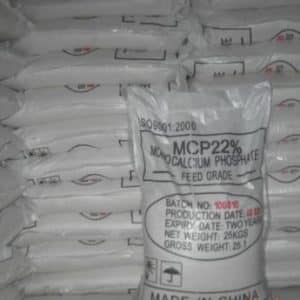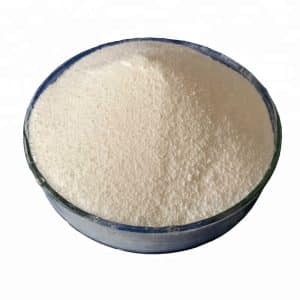Description
Phthalic Anhydride: A Versatile Chemical Building Block
Phthalic anhydride (PA) is a colorless, crystalline solid with a characteristic odor. While you might not recognize the name, this chemical compound is a crucial intermediate in the production of a vast array of everyday products, from plastics and paints to pharmaceuticals and agricultural chemicals. It’s an incredibly versatile ingredient that plays a vital, though often unseen, role in modern life
What is Phthalic Anhydride?
Chemically, phthalic anhydride is an organic compound with the formula C₈H₄O₃. It is the anhydride form of phthalic acid, meaning it’s formed by removing water from two carboxyl groups of phthalic acid. In simpler terms, it’s a six-membered carbon ring with two adjacent carboxyl groups, where the two oxygens share a single carbon, making it an anhydride. Its molecular structure is the key to its reactivity and versatility.
How is Phthalic Anhydride Produced?
The primary method for producing phthalic anhydride is through the catalytic oxidation of o-xylene (a benzene derivative) or naphthalene. In this process, these organic compounds are reacted with oxygen in the presence of a catalyst, typically vanadium pentoxide. These reactions are exothermic, meaning they release significant amounts of heat. Careful process control is necessary to ensure high yields and prevent unwanted byproducts.
The overall chemical equations are:
From o-xylene: C₈H₁₀ + 3O₂ → C₈H₄O₃ + 3H₂O
From naphthalene: C₁₀H₈ + 4.5O₂ → C₈H₄O₃ + 2CO₂ + 2H₂O
A Myriad of Applications
Phthalic anhydride’s diverse properties and reactivity make it a foundational chemical building block across numerous industries:
Plasticizers: Perhaps the most significant use for phthalic anhydride is in the production of plasticizers, particularly phthalate esters. These compounds are added to polymers, especially polyvinyl chloride (PVC), to improve their flexibility, durability, and workability. Think of the supple plastic used in flexible tubing, flooring, and countless other products; it likely contains phthalate plasticizers derived from PA.
Alkyd Resins: PA is a key component in the manufacture of alkyd resins, a type of polymer crucial to the paint and coating industry. These resins are used in various paints, varnishes, and enamels, providing durability, gloss, and adhesion.
Polyester Resins: Phthalic anhydride is also a building block in polyester resins, which are used in fiberglass-reinforced plastics, boats, auto parts, and various other applications.
Dyes and Pigments: As a versatile organic intermediate, PA is used to create a wide array of dyes and pigments used in textiles, inks, and other applications.
Pharmaceuticals: Phthalic anhydride-derived compounds find applications in the pharmaceutical industry, serving as intermediates for the synthesis of certain medications.
Agricultural Chemicals: Certain agricultural chemicals, such as herbicides and insecticides, also rely on PA-derived intermediates.
Potential Hazards and Safety Considerations
Despite its widespread use, it’s crucial to be aware of the potential hazards associated with phthalic anhydride.
Irritant: PA is an irritant to the skin, eyes, and respiratory system. Exposure to its dust or fumes can cause irritation, coughing, and allergic reactions in some individuals.
Flammability: Although it’s not highly flammable, PA dust can form explosive mixtures in air, making careful handling and storage essential.
Environmental Concerns: While phthalic anhydride itself is not usually considered acutely toxic to the environment, its derivatives, particularly certain phthalate plasticizers, have been subject to scrutiny due to potential endocrine-disrupting effects. These concerns have led to regulations restricting the use of certain phthalates in specific applications, particularly in children’s products.
Conclusion
Phthalic anhydride is a fundamental chemical building block that underpins a wide range of modern technologies and products. Its versatility and affordability have solidified its position in countless industries. However, it’s essential to handle PA responsibly and with appropriate safety measures, particularly concerning its irritant properties. Continued research and innovation should focus on developing more sustainable and safer alternatives while maintaining the numerous benefits derived from this crucial chemical intermediate. As our understanding of its potential impacts continues to grow, mindful and responsible use of phthalic anhydride will be key to ensuring its safe and beneficial application in the future.







Reviews
There are no reviews yet.